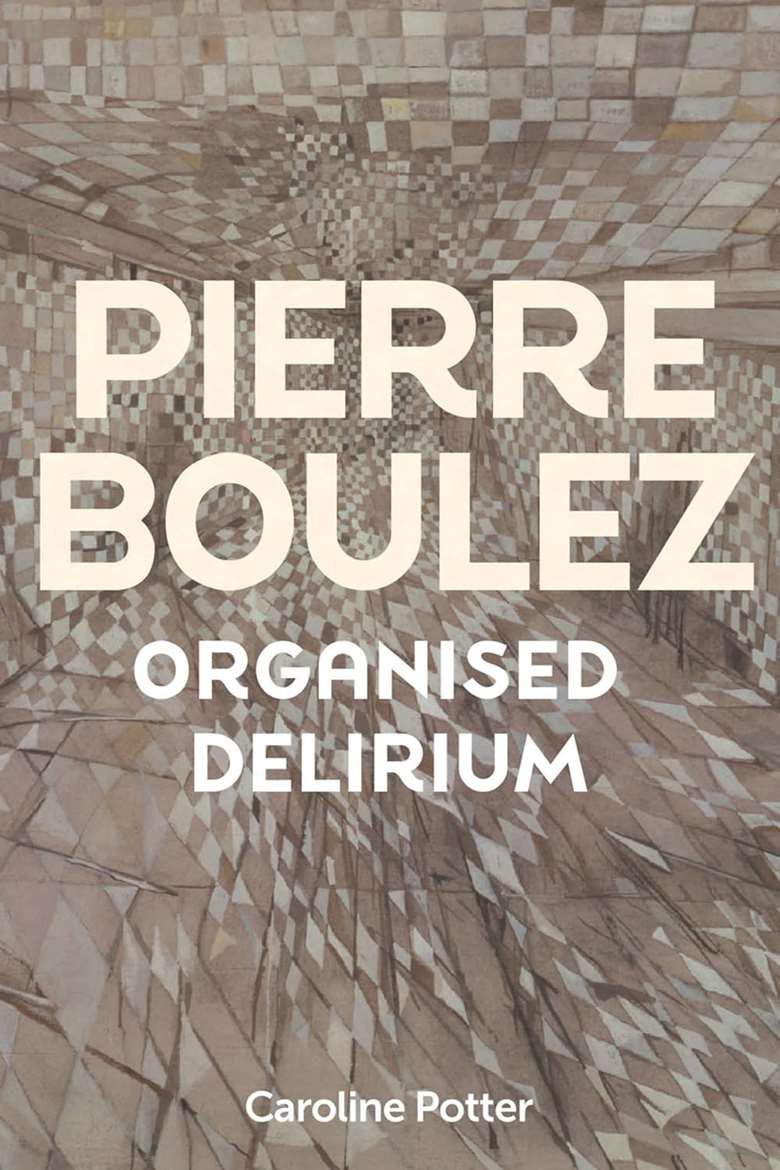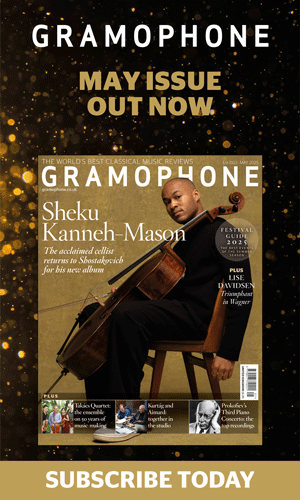Book review - Pierre Boulez: Organised Delirium (by Caroline Potter)
Peter Quantrill
Friday, September 6, 2024
Neither a biography of his early years, nor a close analysis of the pieces that blew up post-war music like unexploded bombs from the war, the study brings life and work together

Register now to continue reading
Thanks for exploring the Gramophone website. Sign up for a free account today to enjoy the following benefits:
- Free access to 3 subscriber-only articles per month
- Unlimited access to our news, podcasts and awards pages
- Free weekly email newsletter







